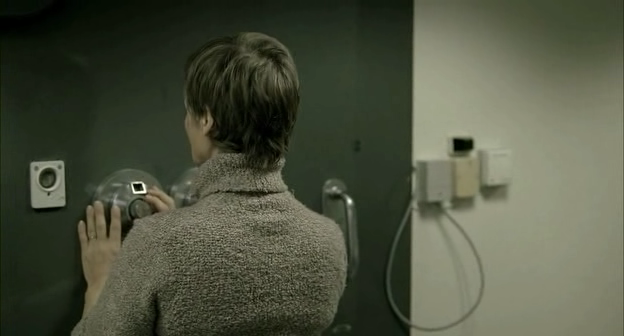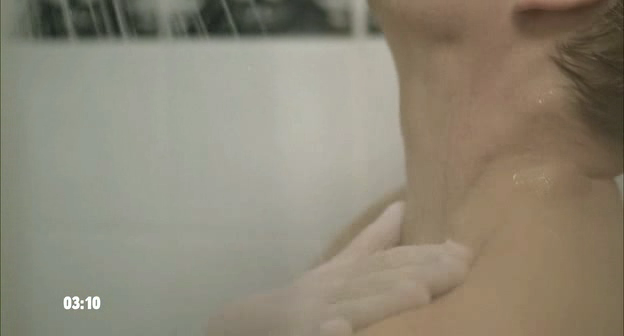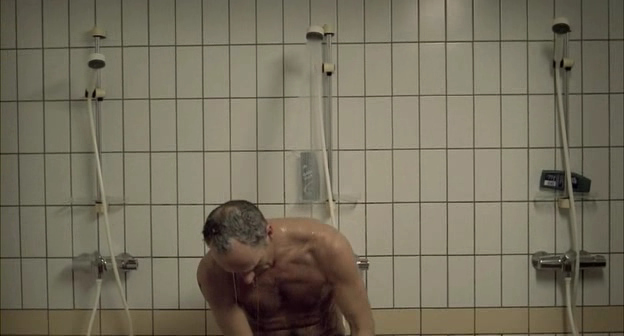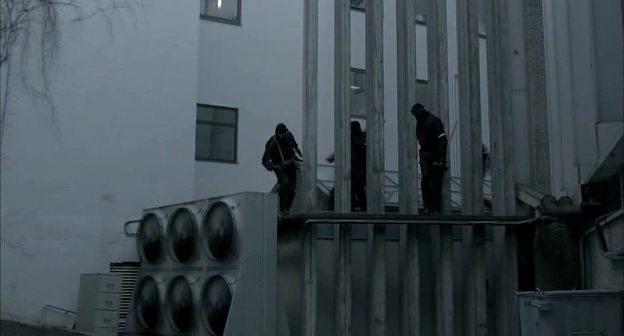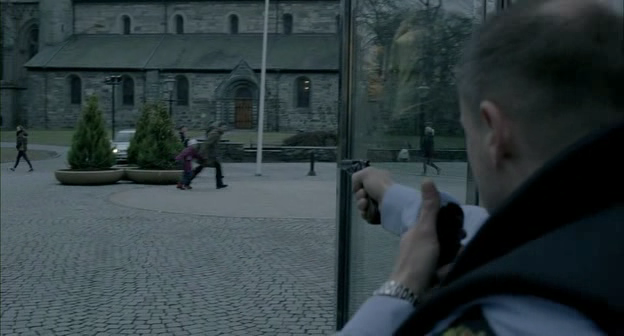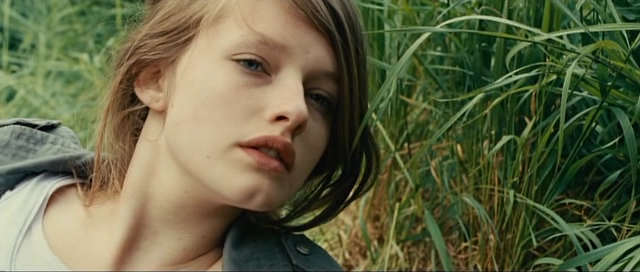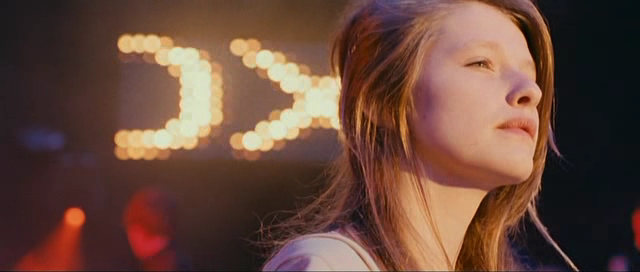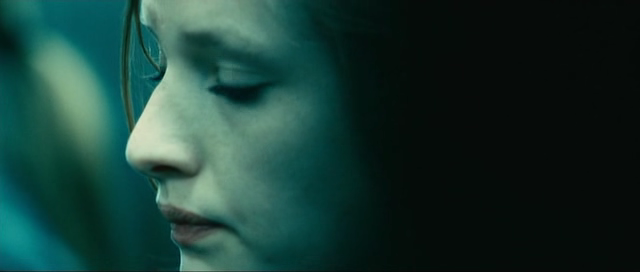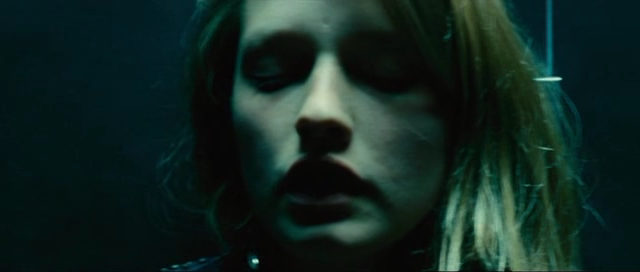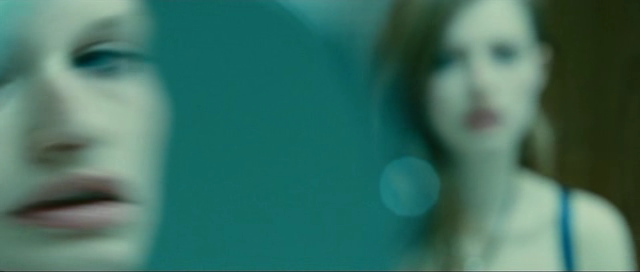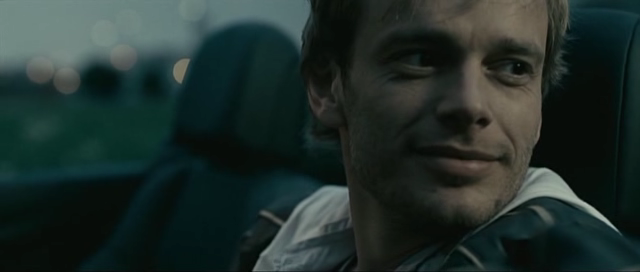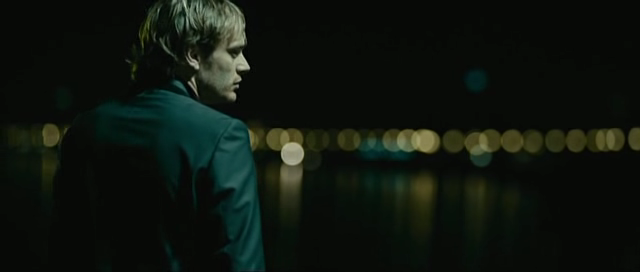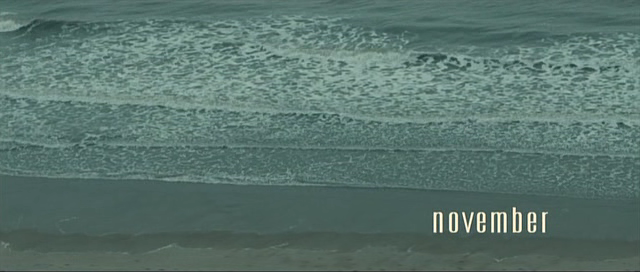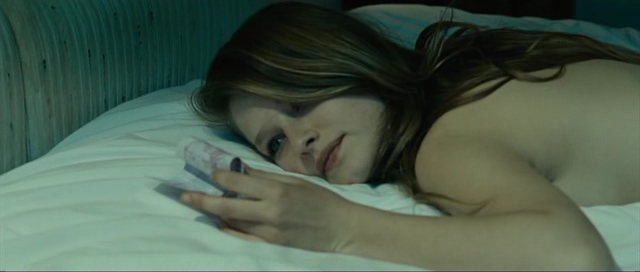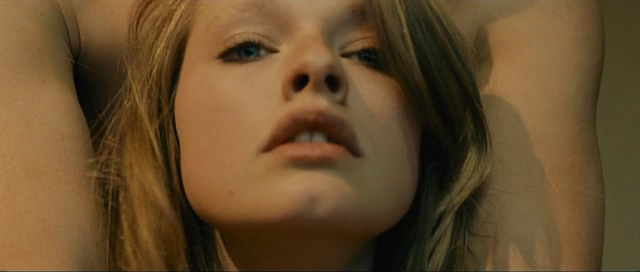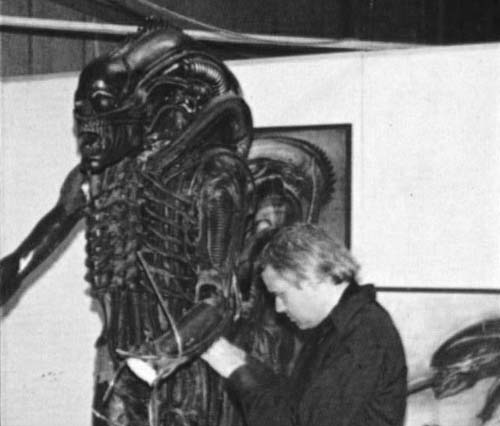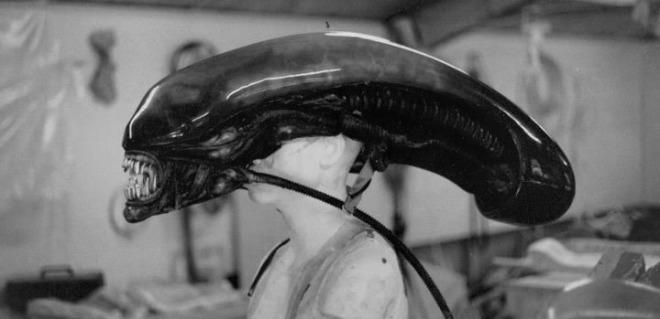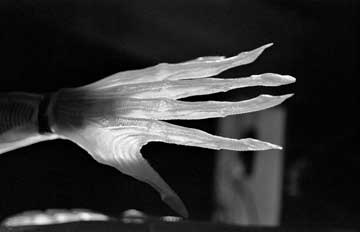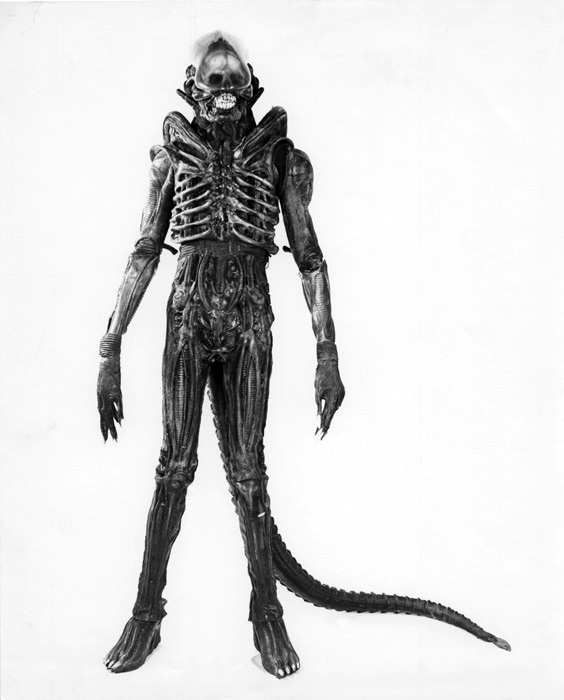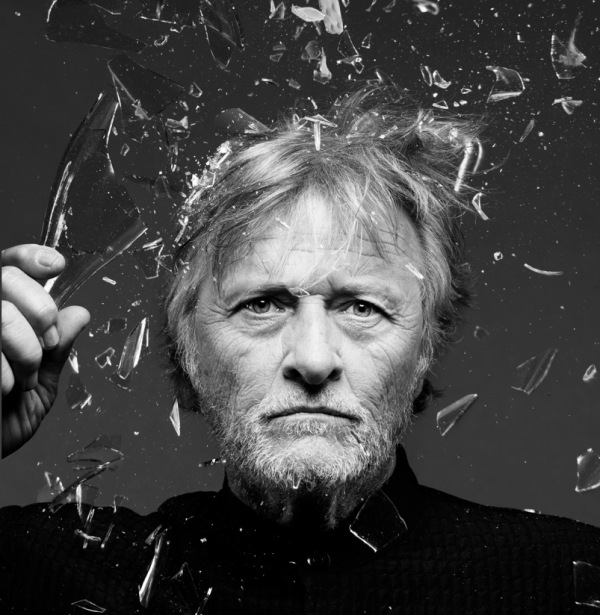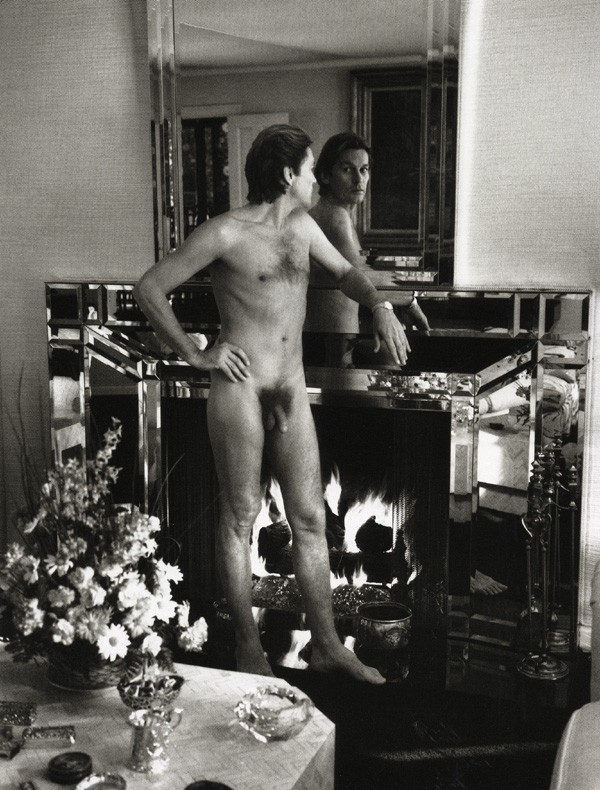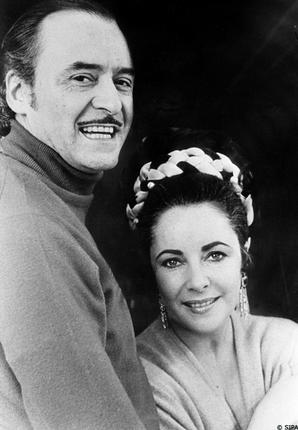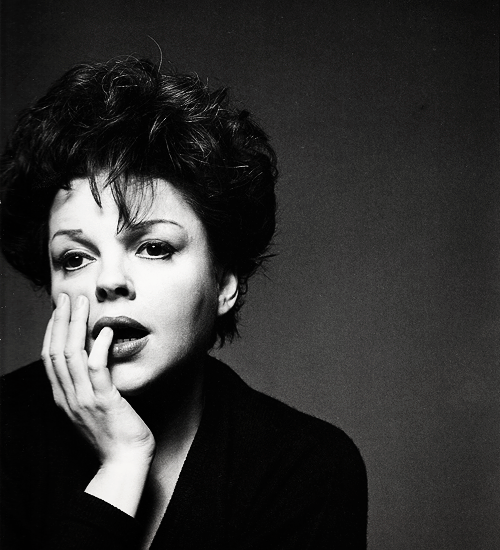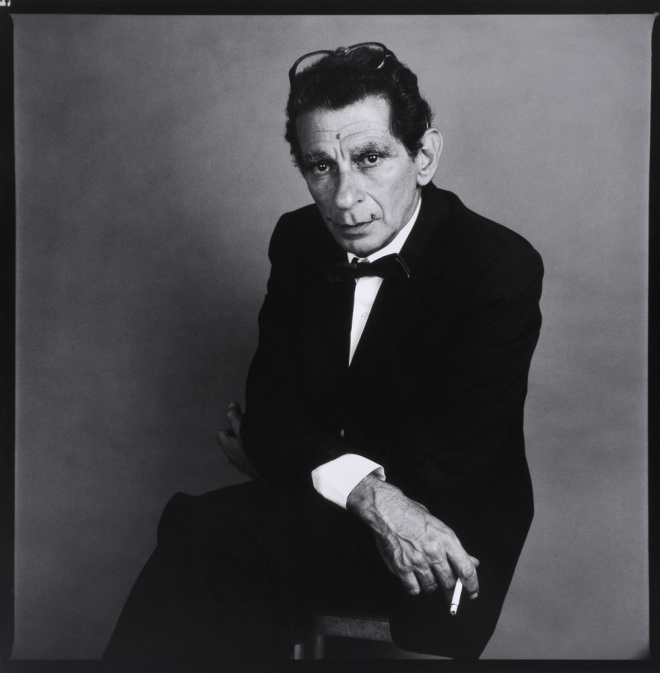Norwegian director Erik Skjoldbjærg, with his debut film “Insomnia” (1997), starring Swedish actor Stellan Skarsgård, delivered a work of extreme aesthetic ambiguity, literally. Just as the character of Skarsgård is himself somewhat suspicious and ambiguous, just as the nature of the crime he’s investigating is unclear, just as the region in the north pole that he’s visiting is also confusing, the visuals of the movie are the same. Through overexposure instead of dissolution to mark time ruptures, Skjoldbjærg was able to deliver an extremely nuanced neo-noir. And if you have seen and appreciated “Insomnia” for the masterpiece that it really is, the masterpiece of depicting the darkest of tales in the brightest possible conditions (the midnight sun), you are likely to walk out with a lot of ideas after watching his “Nokas” (2010).
I think the English title “Hold-Up” is not a very appropriate one, because the film does not represent the actual crime in its totality. At the beginning, emphasis is somewhat placed on cleaning rituals of the criminals. At this moment, I feared that it would get too moralizing for my taste. After all, good cops who die (or not) just to reinforce the power of the social order has been the Hollywood discourse during the 30s with films repeating over and over again the whole “public” enemy notion, very James Cagney. And, nowadays, with postmodernism, the gratuitous aspect of violence is also sufficiently emphasized, so “Nokas” could have swayed either way, and failed. But it didn’t.
The interesting thing about “Nokas” is that it overtakes (but does not subvert) these cinematic models primarily thanks to its depiction of the robbery by means of testimony.
“Nokas” is entirely constituted based on what eye-witnesses remember of the incident and most importantly, HOW they remember it. The use of slow-motion when depicting the very first attempt the robbers did to break the bank window, remembered by the desk clerk, the going back and forth in time through the “5 minutes earlier” inserts highlights this .
Sure, in a scene when police dogs are needed for a mission but are unavailable because they’re on vacation, it makes you wonder how serious their work is, and yes, when the cops get sent out across town just to survey an overloaded truck, you are inclined to suppose that there has got to me more serious crimes out there. But in fact, the answer is no and this is the actual overtaking that I am talking about. The very first reaction the cops, as well as the crowds had when the hold-up at the Cathedral Square (where the actual crime took place) started is “Is this a training exercise?” & “is this a drill?”, furthermore enhancing just how unimaginable it is (apparently) in Norway to actually go for a passage-a’-l’act and fully commit a crime. The film depicts this with extreme subtlety and success.
Keep in mind that in Norway, the maximum penalty is a mere 21 years and criminals are not even handcuffed or in uniform in court laws. I suppose crime is pretty law but can offer no real statistics to back this up but it all the more enhances the unlikelihood of a robbery taking place. People passing by the besieged square, ask the criminals politely if they can cross the road and if the hooded men are not too busy to let them do it. At one point, a confused bus driver gets a call telling him that the square is under attack and him, not knowing what to do, asks the caller which direction to take. The caller ultimately tells him to get to the square and ask the police instead of the usual “run for your life!”.
There is no excess aggression on both sides, the film is surprisingly violence-free. Naturally, cops can seem somewhat comical as they struggle to put bullets in their outdated pistol which looks right out of a John Wayne film, but there is no gore, no blood and almost no real cold-blooded murder. The situation is just absurd. The film focuses on these little absurdities and the exchanges between cops, criminals and people passing by instead of telling us that the crime has actually been committed. We barely see the robbers take the money and it’s only at the end that the director writes it to us.


So bottom line is, if you’re interested in Scandinavian cinema, check out Insomnia first and then make the natural shift to this one, Nokas. NB- If you’re interested in Norway, check out this documentary about Norwegian black metal, nationalism and violence: https://kinoimages.wordpress.com/2012/06/13/black-metals-until-the-light-takes-us-2008/
Written by Hanine H aka Kinofrau
